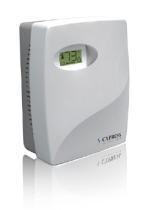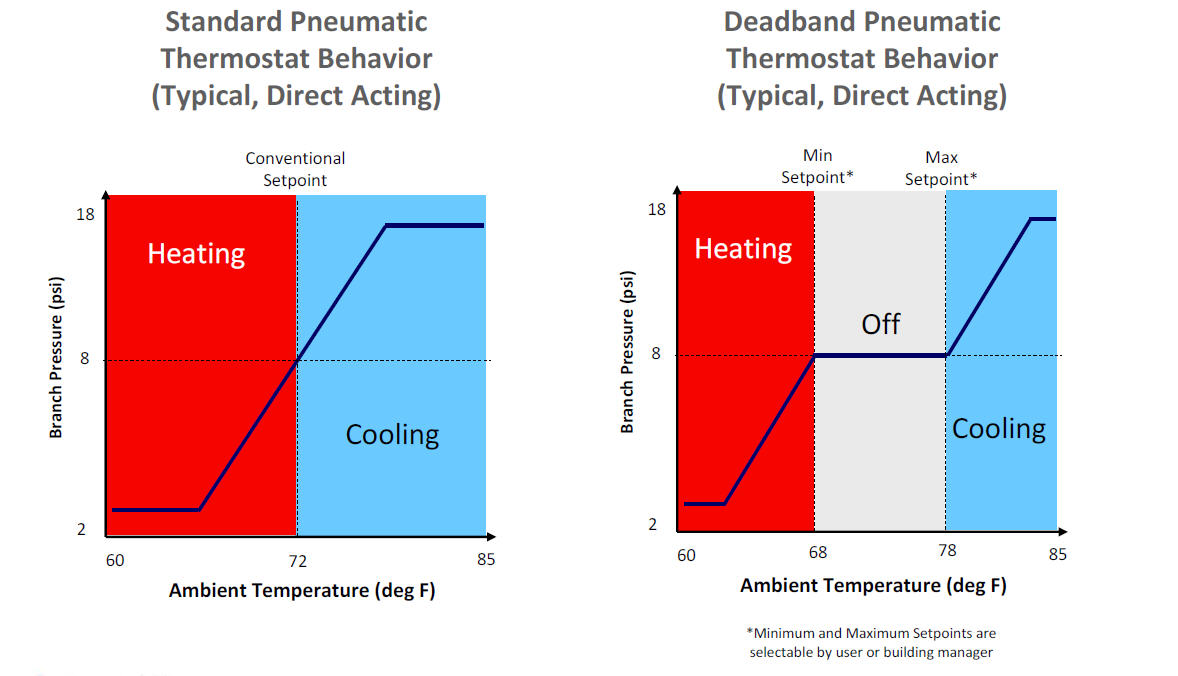1. Orifice diameter should not be confused with pipe diameter. Consult the steam trap manufacturer if orifice size is not known.
2. Calculations are theoretical estimates and actual results will vary. Payback calculation includes avoided lost steam and inspection labor. Benefits from avoided damage resulting from blocked traps are not included in model. The formula used for steam loss in this model is: L=24.24*Pa*D2. Where L=pounds/hour, Pa=Pgauge + Patm , D=orifice diameter.
http://www1.eere.energy.gov/manufacturing/tech_deployment/pdfs/steam_pressure_reduction.pdf
3. Actual WSTM installed cost will vary based on volume and integrator.
4. Refers to the manual inspections of steam traps that are currently being done at the facility. The frequency determines the potential avoided failure time when using the WSTM.
5. The frequency and cost of inspection determine the labor savings enabled by the WSTM.
6. The failure rate per year should be based on historical data from the facility. 15-20% failure rates per year are typical. In unmaintained facilities, the failure rate can be much higher:
http://www1.eere.energy.gov/femp/pdfs/om_combustion.pdf





